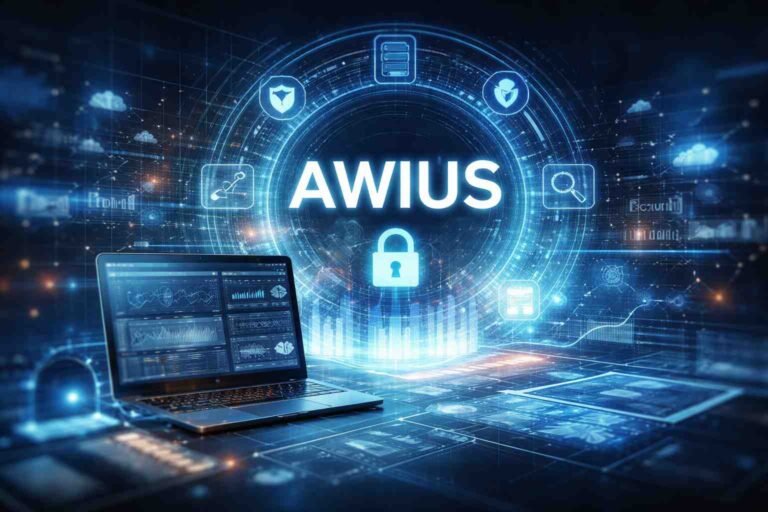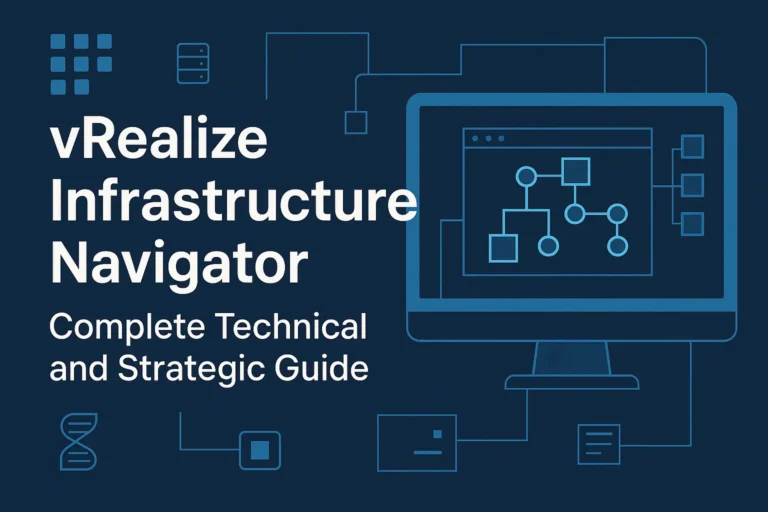Introduction: What Is bunkr fi f nheqaf2r5zplr
To define bunkr fi f nheqaf2r5zplr, one must treat it as a technical concept rather than a simple phrase. It appears to denote a layered cryptographic storage framework with federation and obfuscation features. The term splits into segments:
-
bunkr — suggests a secured vault, bunker, or fortified repository
-
fi f — possibly indicates “Framework (Fi)” with version “F”
-
nheqaf2r5zplr — likely a protocol signature, versioning tag, or cipher identifier
Hence, bunkr fi f nheqaf2r5zplr can be read as “the Bunkr Framework F, protocol version Nheqaf2r5zplr”. In practice, it refers to a next-generation encrypted storage and distribution system that fuses decentralization, zero-knowledge encryption, and dynamic obfuscation.
This article explores its architecture, use cases, implementation challenges, competitive comparisons, and future roadmap.
Architecture & Components
To understand bunkr fi f nheqaf2r5zplr, one must examine its core layers and modules.
1. Storage Layer: Sharded Decentralized Nodes
Data is split into shards and distributed across multiple nodes. No single node holds the entire file in plaintext. This design improves fault tolerance and resists data seizures.
2. Encryption Layer: Hybrid Post-Quantum + Symmetric
Files undergo hybrid encryption: a fast symmetric cipher (e.g. AES-GCM) plus a post-quantum algorithm (e.g. lattice or code-based scheme). The hybrid approach manages both speed and future resistance.
3. Identity & Key Management Layer
Users possess cryptographic identity (public/private key pairs). Identity is pseudonymous. The system never stores mapping between identity and personal data. Key recovery is optional and user-controlled.
4. Protocol & Version Tag: “nheqaf2r5zplr”
The “nheqaf2r5zplr” suffix functions as protocol version, keying schema, or salt seed. It defines:
-
Key derivation method
-
Sharding threshold (how many shards are needed to reconstruct)
-
Version compatibility (backwards compatibility, migrations)
5. Obfuscation & Steganography Layer
To hide patterns, stored shards or metadata are masked with noise. Even traffic and access patterns are randomized. The system may embed shards in plausible data flows, making them look like random bits rather than structured content.
6. Audit & Log Layer (Encrypted)
All access and events (upload, share, delete) are logged in an encrypted ledger. The ledger itself is append-only and replicated in shards, preventing tampering and maintaining user audit trails.
Design Principles & Guarantees
The design of bunkr fi f nheqaf2r5zplr adheres to a set of key principles:
-
Zero-knowledge guarantee: The host infrastructure never can decrypt nor read the stored files.
-
User sovereignty: Only the user holds full control over keys and access.
-
Minimal metadata exposure: Even file names, sizes, and timestamps can be masked or encrypted.
-
Resilience: The system tolerates node failures and network partitions.
-
Forward secrecy & post-quantum readiness: Keys rotate; protocol resists future cryptographic breakthroughs.
-
Protocol evolution: The version tag (nheqaf2r5zplr) allows protocol upgrades without invalidating old data.
Use Cases & Application Scenarios
Below are primary domains where bunkr fi f nheqaf2r5zplr would offer distinctive advantage.
| Use Case | Benefit | Key Features Applied |
|---|---|---|
| Whistleblowing & Secure Journalism | Protect sources and documents from seizure | Sharding, identity anonymity, obfuscation |
| Legal & Medical Records | Protect sensitive client or patient files | Zero-knowledge, encrypted audit logs |
| Intellectual Property Vaults | Safeguard designs, patents prior to publishing | Time-locked sharing, version control |
| Personal Archives | Preserve family files across decades | Redundancy, key recovery (optional) |
| Enterprise Data Compartments | Partition internal data across divisions | Access controls, horizontal scaling |
In each scenario, the system ensures that data is only reconstructable by authorized parties, while infrastructure remains blind to content.
Implementation Challenges & Mitigations
Implementing bunkr fi f nheqaf2r5zplr at scale faces real technical obstacles. Below is a list of challenges and corresponding mitigations.
-
Network Latency & Bandwidth
-
Mitigation: Local caching of shards, asynchronous prefetching, edge nodes.
-
-
Key Loss & Irrecoverability
-
Mitigation: Optional multi-party key escrow, social recovery schemes, threshold key backup.
-
-
Node Collusion Attacks
-
Mitigation: Randomized shard assignments, frequent reshuffling, threshold number of shards > attacker capability.
-
-
Protocol Upgrades & Backward Compatibility
-
Mitigation: Dual-version shard format, transformer nodes that migrate shards transparently.
-
-
Denial of Service (DoS)
-
Mitigation: Rate limiting, proof-of-work challenges for upload/download, node reputation systems.
-
-
Metadata Leakage via Traffic Analysis
-
Mitigation: Padding, traffic obfuscation tunnels (e.g. Tor or mixnets), dummy requests.
-
Bunkr vs Traditional Storage Systems
To appreciate the uniqueness of bunkr fi f nheqaf2r5zplr, here’s comparative analysis:
| Feature | Bunkr Fi F Nheqaf2r5zplr | Conventional Cloud (Dropbox, Google Drive) | Zero-Knowledge Cloud (e.g. Proton Drive) |
|---|---|---|---|
| Full provider ignorance | ✅ | ❌ | ✅ |
| Sharded distributed storage | ✅ | ❌ | Partial (some use remote shards) |
| Post-quantum hybrid encryption | ✅ | ❌ | Rarely |
| Obfuscated metadata & traffic | ✅ | ❌ | Minimal |
| Versioned protocol | ✅ | ❌ | Not usually |
| Key recovery flexibility | ✅ (optional) | Provider-managed | User-managed, no escrow |
| Audit & tamperproof logs | ✅ | Central logs | Basic logs |
From this table, bunkr fi f nheqaf2r5zplr positions itself as a next evolutionary tier beyond even strong zero-knowledge services.
Deployment Strategies & Ecosystem
To deploy bunkr fi f nheqaf2r5zplr, one must cultivate an ecosystem of clients, nodes, and governance.
-
Node Operators: participants that host shards in exchange for incentives (e.g. token or credits).
-
Client Software: desktop, mobile, CLI, and browser clients to manage upload, download, sharing.
-
Governance Layer: a protocol council or DAO to manage protocol versions, dispute resolution, and network incentives.
-
Incentive Token Model: optional cryptocurrency or credit system to reward node uptime, throughput, reliability.
-
Interoperability APIs: allow third-party apps, DApps, or data platforms to interface with the storage layer.
A properly balanced model encourages expansion and resilience.
Roadmap & Future Prospects
The projected roadmap for bunkr fi f nheqaf2r5zplr may include:
-
Alpha & Beta Releases
-
Core client, node software, basic shard distribution.
-
Onboarding initial users and testers.
-
-
Protocol Extensions
-
Smart sharing (time-limited access), group access, dynamic permissions.
-
Cross-protocol bridges.
-
-
AI-guided Key Analytics
-
Automated detection of misuse, anomaly-based alerts.
-
Privacy-preserving AI agents for user notification.
-
-
Integration with Identity Systems
-
Decentralized identity (DID), verifiable credentials.
-
OAuth / OpenID bridges for hybrid use.
-
-
Enterprise Suite
-
On-prem hybrid deployment, compliance modules, audit dashboards.
-
-
Quantum Upgrade
-
Full upgrade of post-quantum scheme when required.
-
Migration tools for backward data.
-
Over time, bunkr fi f nheqaf2r5zplr could evolve into a foundational layer for privacy infrastructure.
Frequently Asked Questions (FAQs)
Q1: Can bunkr fi f nheqaf2r5zplr work over low bandwidth networks?
Yes. The system can use adaptive shard size, compression, and caching at edge clients to reduce bandwidth demands.
Q2: What happens if many node operators go offline?
As long as the threshold number of shards remain, the file is recoverable. The system uses redundancy (e.g. N choose K shards) to tolerate node failure.
Q3: Can I revoke access after sharing a file?
Yes. Using versioned keys or re-sharding, the system can invalidate old keys and reissue new shards, effectively revoking access.
Q4: Is bunkr fi f nheqaf2r5zplr illegal anywhere?
No. Encryption and decentralized storage are legal in most jurisdictions. However, some countries regulate strong encryption or require backdoors. You must comply with local laws.
Q5: How do I recover files if I lose my private key?
Only if you opted in to a backup or recovery module (e.g. social recovery, escrow). If no backup exists, recovery is mathematically impossible (a security tradeoff).
Learn More: Expert Pernithia Galnith — The Definitive Framework of Modern Mastery
Novafork: The Complete Guide to Architecture, Features, and Applications
Conclusion
The concept of bunkr fi f nheqaf2r5zplr embodies a future in which data protection, anonymity, and user sovereignty converge. It exceeds conventional zero-knowledge storage by adding sharding, obfuscation, and protocol versioning features. Implementation demands strong cryptographic engineering, node incentives, and governance. But the payoff is a storage system that infrastructure cannot breach—only the intended user can reconstruct the data.







